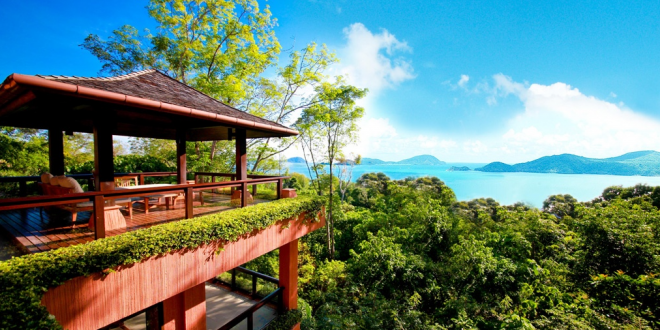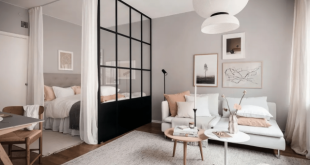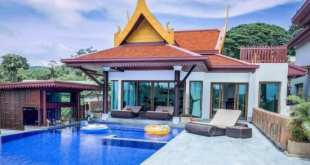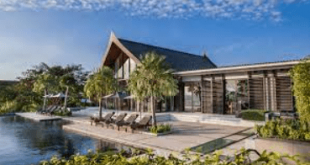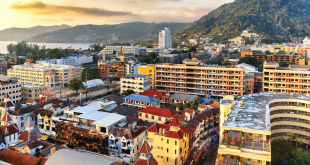We understand that navigating the world of real estate can be overwhelming, especially when it comes to the different property types available in Thailand. As experts in the field, we want to provide you with comprehensive information to help you make informed decisions. In this article, we’ll cover the four main property types in Thailand and everything you need to know about them.
4 Property Types in Thailand
Condominiums
Condominiums are a popular property type in Thailand, especially in urban areas. They are typically high-rise buildings with individual units that are privately owned. Condos offer a range of amenities, such as swimming pools, fitness centers, and 24-hour security. They are a great option for those looking for a low-maintenance lifestyle, as the building management takes care of common areas and maintenance.
Houses
Houses in Thailand come in a variety of styles and sizes, from traditional Thai homes to modern villas. They can be standalone or part of a gated community and often come with a yard or garden. In Thailand you would notice that houses comes with a big gate door outside for privacy. Inside you can re-built any house you want to suit your likely for your families. They are great as houses are mainly for families with kids going to school. Kids can run around together and play together to have a good time. Houses are a good choice for those who want more privacy and space or starting a family in Thailand. However it may require more maintenance and upkeep than a condo.
Townhouses
Townhouses are similar to houses, but are usually part of a development with shared walls and common areas. They are often less expensive than houses and offer more privacy than condos. Townhouses are a good option for those who want a balance between privacy and community living. Townhouses in Thailand are slowly turning to become home offices as a new trend is emerging. As the pandemic have turn to working from home, people are turning townhouse to have working space and creating home office to work and relax as well. A good idea homebuyers seeking to turn a part of home into a office space. With in results is good for investments opportunities. As renters are looking for spacious homes that offer privacy and a good working condition as well.
Land
If you are planning to build your own home or start a business in Thailand, buying land is a common option worth considering. You can purchase land for residential, commercial, or industrial purposes, and the available options can vary from small plots to extensive tracts. It is crucial to conduct your due diligence and thoroughly research the zoning and building regulations before finalizing a purchase to ensure compliance with the local laws and regulations. By doing so, you can avoid any legal issues and ensure that your investment is secure.
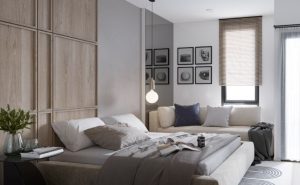
2 Main Common Property Furnishing
Investing in real estate in Thailand may be a rewarding opportunity, especially for those looking for high-end properties. The country’s luxury property market has grown significantly in recent years, driven by an increasing number of high-net-worth people from throughout the world.
Moderately Furnished
When it comes to buying or renting a home, one of the most important considerations is how much you want it furnished. There are two major options: moderately furnished and completely furnished. In this part, we will look at the benefits and drawbacks of fully-fitted or mostly furnished houses.
Moderately Furnished residences are those that have all of the essential hardware and fittings for the household, as well as being considerably pre-furnished. They frequently include sinks, bathtubs, showers, toilets, closets, bed frames, kitchen countertops, and other necessities.
Pros:
Convenience: Moderately furnished residences provide homebuyers and renters with a high level of convenience because they include everything required to move in right away.
Attractiveness: Fully-fitted properties can be more attractive to potential renters or buyers who want to avoid the hassle of furnishing their home themselves. They are ready for you to move in and make it your own.
Cons:
Limited personalization: Moderately or mildly furnished properties may not be fully customizable to your specific preferences. You may have to live with the existing décor and layout, limiting your ability to express your own style and taste.
Expensive: Fully-fitted properties can be more expensive to purchase or rent compared to unfurnished or mildly furnished properties. You’re paying for the convenience of having everything ready for you.
Fully Furnished Property
Fully furnished houses are a great alternative for people who want to move into a new home but don’t want to deal with the effort of furnishing it themselves. It is ideal for folks who are in a hurry and need an apartment straight soon.
Pros:
Convenience: Fully furnished houses allow you to move in straight away because they have everything you need. You won’t have to buy or move furniture, appliances, or household things because they’ll be given.
Expensive: Fully equipped properties might be more expensive to buy or rent than unfurnished or lightly furnished properties. You’re paying for the ease of having everything prepared for you.
Cons:
Limited personalization: Fully furnished properties limit your ability to personalize the space as you cannot bring in your own furniture or decorations. You will have to live with the existing decor and layout.
Higher rent: Fully furnished properties typically have higher rental rates, as landlords need to recoup the cost of the furniture and appliances they provide. You should consider your budget and whether the convenience of a fully furnished property is worth the higher rent.
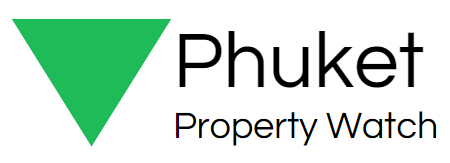 Phuket Property Watch Your Eyes on Real Estate in Thailand
Phuket Property Watch Your Eyes on Real Estate in Thailand
